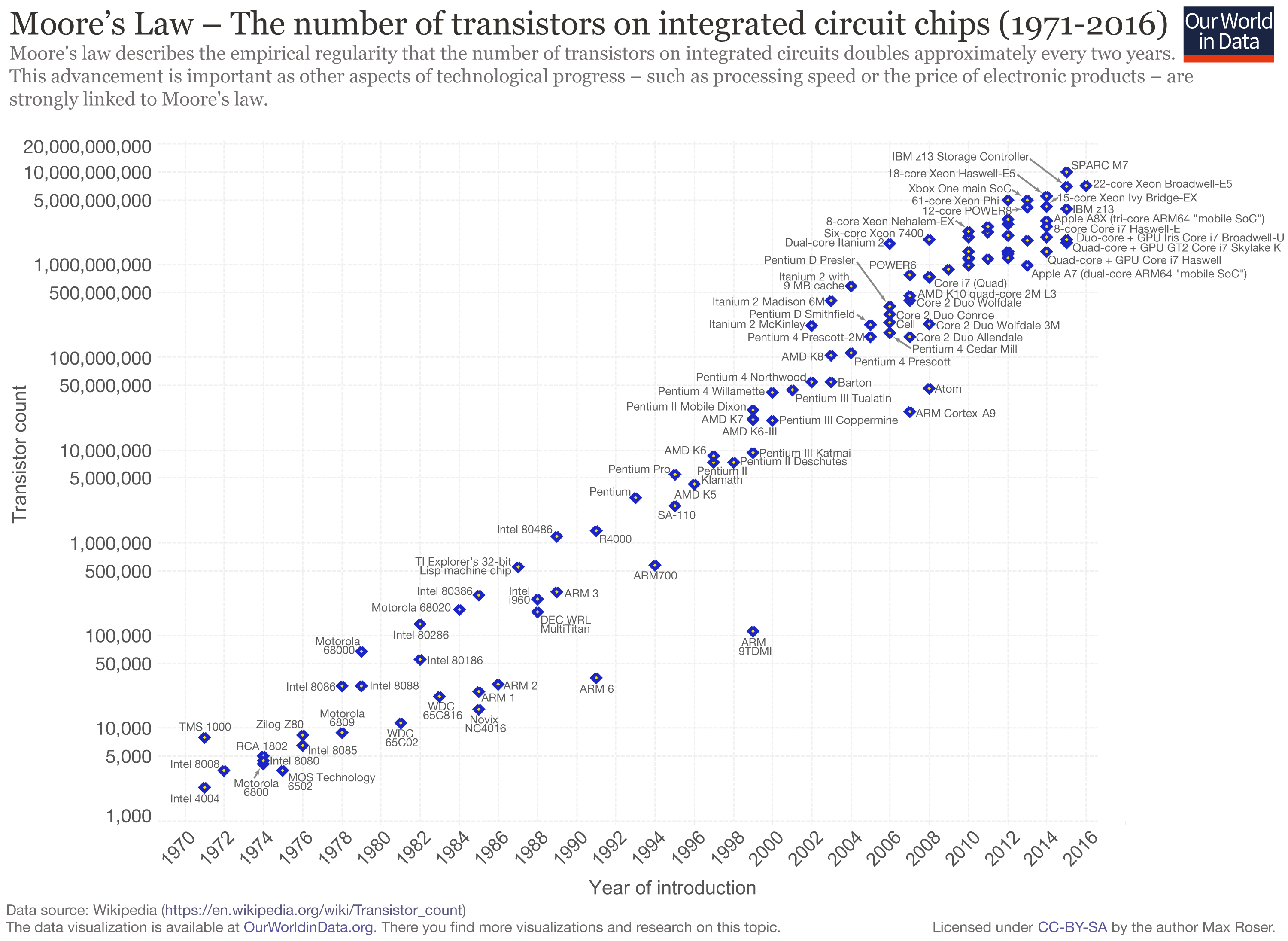Machine learning is generally when we program a computer to learn from data via a set of mathematical steps such that it is able to establish patterns, rather than being explicitly told what the patterns are. This can be viewed as harmless, as we simply train a model to be good at one specific thing, for example, “computer, tell me if this is a picture of a dog.”
There are many machine learning algorithms that specialize in various tasks, some even link many specializations to manage more complex tasks, like driving a car. There is one method, however, that seems intrinsically unsettling, and that is of course when we use two algorithms to challenge each other, so that they generate more data and learn from each other.
Is this science future? Well actually, this method first appeared in 2015, invented by an academic in Montreal named Ian Goodfellow. Nobody knows what the ultimate implications of this invention will be, but that is not stopping researches from exploring and advancing this breakthrough in machine learning, which is now referred to as a “generative adversarial network” algorithm.
Only a year after the breakthrough, Google’s DeepMind used this approach to train a computer program in the chinese game of Go, a game some thought a computer would never beat a human at, and others thought to be at least 10 years away. The program, AlphaGo, was able to learn from a huge collection of professional matches and then play millions of games against another computer to train on its own. By training on its own, the computer was able to come up with new and novel plays that no person had ever seen before, and it did in fact use such a play to stump the world champion and commentators leading to its victory.
The DeepMind team then moved on to StarCraft, the most popular computer game in the field of electronic sports. The program, AlphaStar, was trained on human data, but then played for the equivalent of 200 years of game time against other computer models. Just two days ago, on January 24 2019, AlphaStar beat the world’s best at StarCraft.
Something that hits closer to home, however, is the use of generative adversarial networks to create fake videos called deepfakes. It is now possible, even easy, to film yourself and have a program change your face to that of another, while other software helps change your voice.
In the below examples, the left is true video, while the right is generated fake video that has mutated an impersonator.
Credit:George Dvorsky, Source
The two are practically indistinguishable. An achievement made in under 4 years since the inception of the technology. Some researches suggest we will need to rely on trained machine learning models to distinguish which videos are fake and which are not, a situation that resounds the exact concern of runaway progress when machines train each other; the progress of the machines will leave the humans behind. Even the programmers who program these algorithms cannot understand the decisions that it has made—the computers progress too fast and do too much for a human to decipher.
Generative adversarial networks are clearly extremely powerful. Researchers hope to improve models such that computers will come up with scientific breakthroughs, like a cure for cancer. In the case of computers training each other to perfect the generation of new videos and images, historic figures could be brought back to life using actors and audio recordings from the past. On the dark side however, we just experienced fake news tamper with an election, and most people do not know that fake videos can be so easily produced. The weaponization of this technology poses a clear threat. In the longer run however, it is not clear how far computers will come in training each other.
~Daniel Israel

